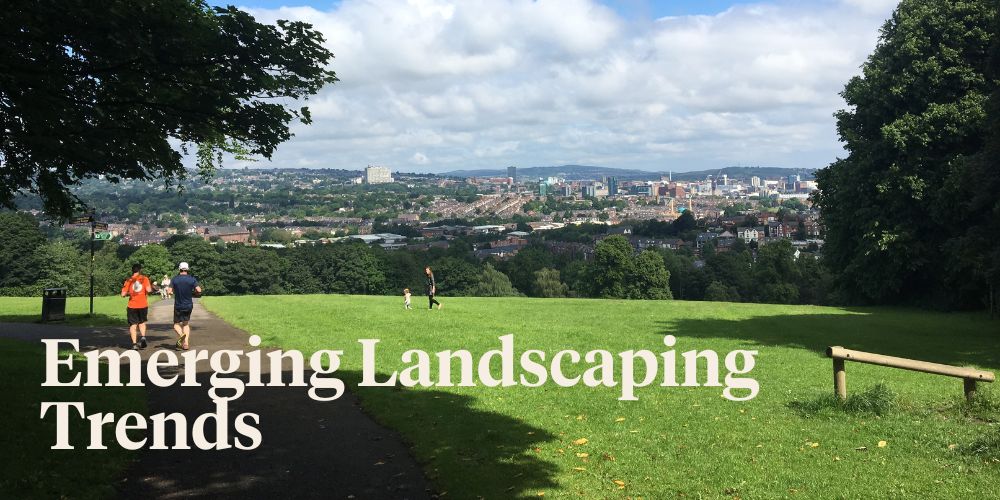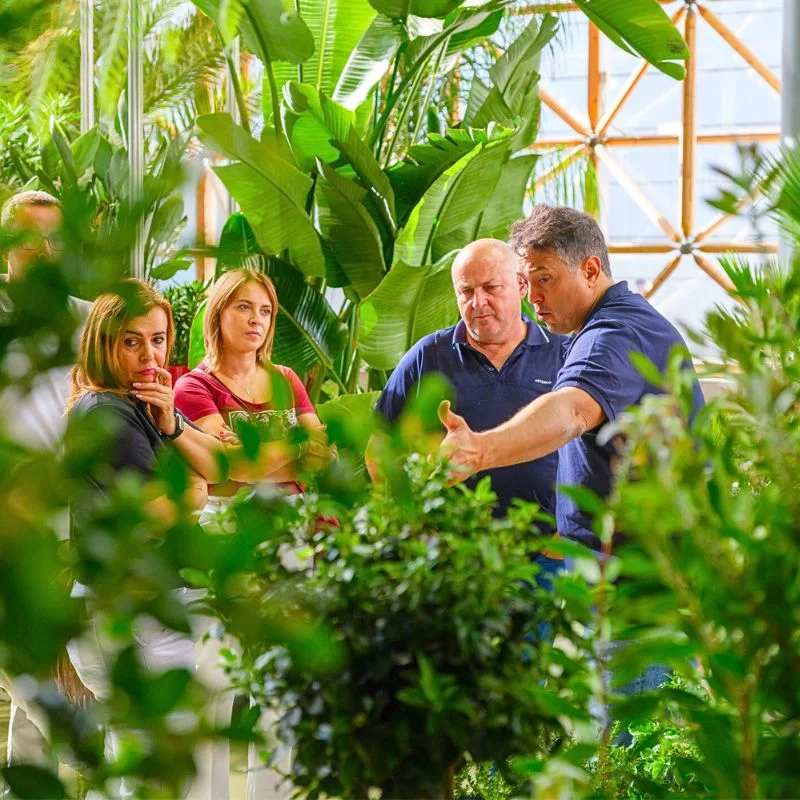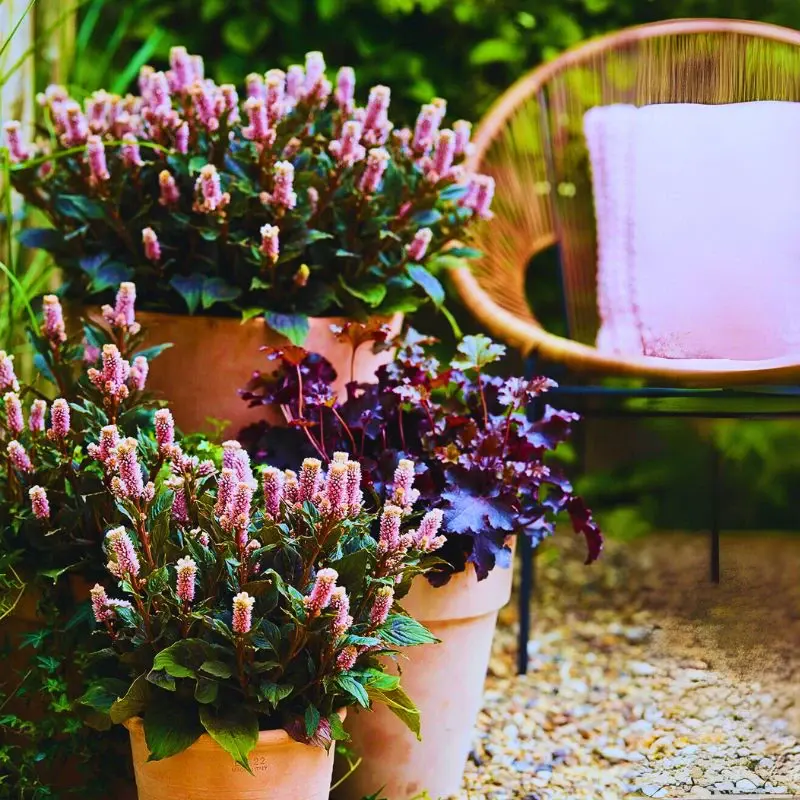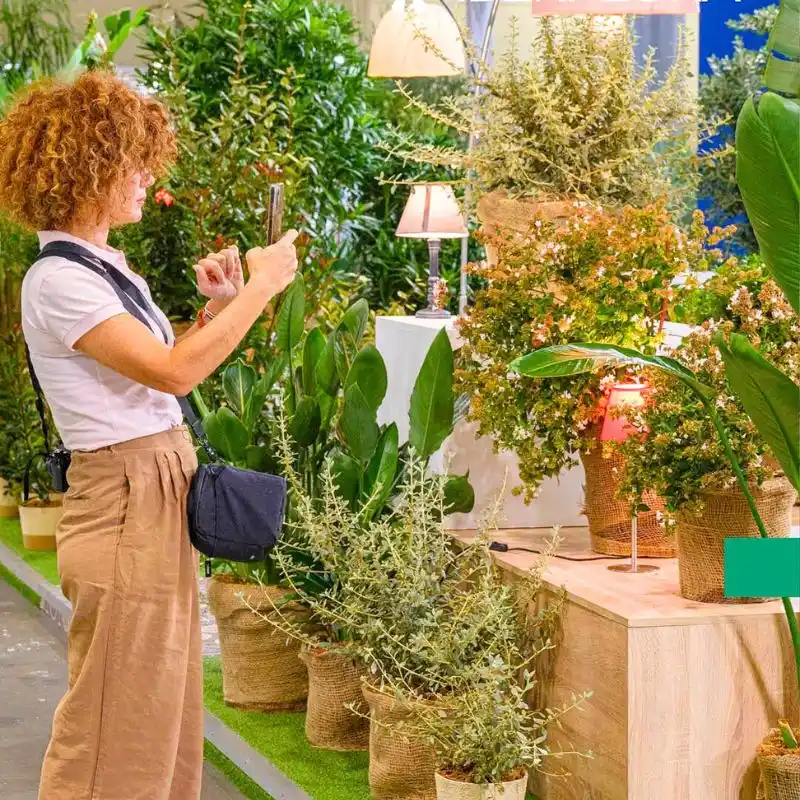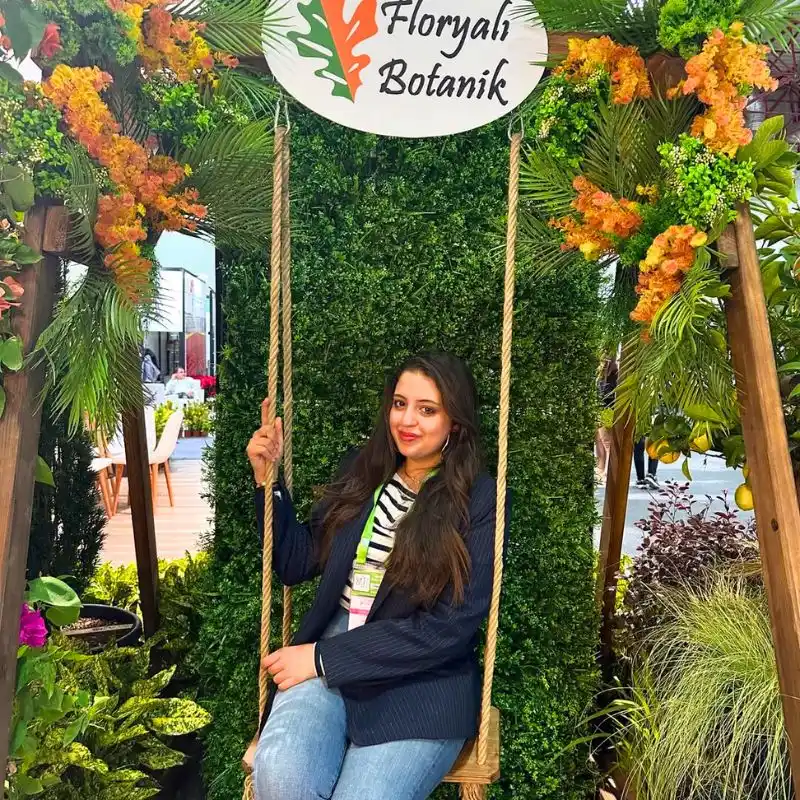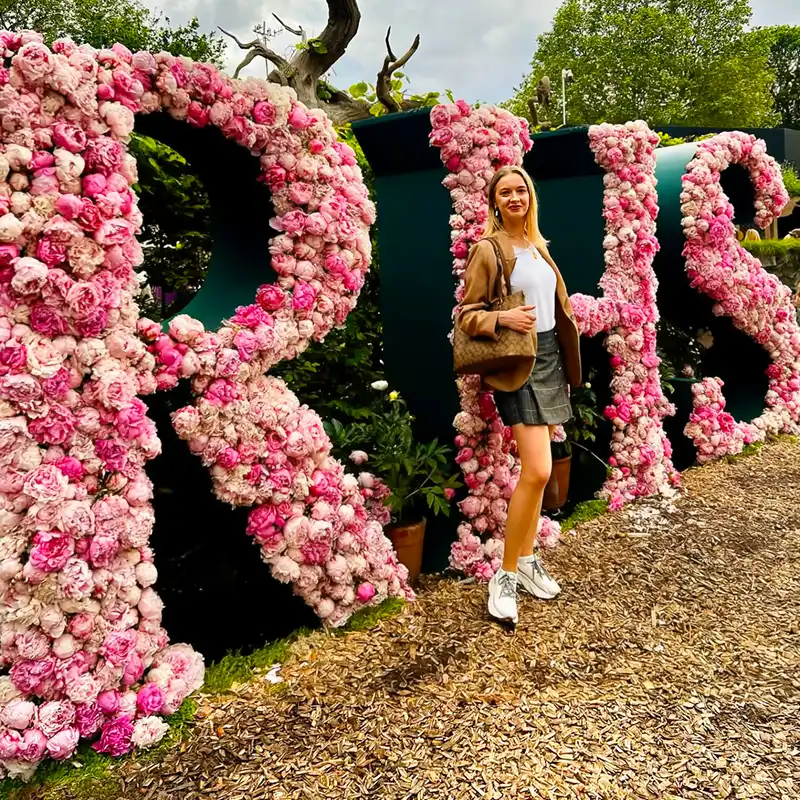Landscape architecture isn’t what it used to be 20 or even 10 years ago. New technologies have emerged and become affordable. Community policies have changed in light of climate change. The demand for green spaces has skyrocketed due to the pandemic.
But what does that all mean in practice? What are the current trends that define landscape architecture as a field? Let’s dive into seven of them that they may not teach you about at university – but all students should know about them, no matter the major.
That’s why you shouldn’t hesitate to carve out some time to study them more closely. You can get help from thesis paper writing by WritePaper for that end, for example. And then, use this list as your curriculum mini-guide!
1. Using Eco-Friendly Practices
Over half of Americans (64%) believe climate change is an important issue to tackle. That translates into different consumer choices and local policies.
So, both on the community and residential level, landscape architects now have to pay attention to:
- The resources they’ll need. The project should produce as little waste as possible, use recycled materials when appropriate, and replace any invasive plants with native ones.
- The maintenance of the project later on. How much water will the green space need in the long run? Will it be able to handle water shortages and droughts? If the area is prone to heat waves, xeriscaping will be a better choice.
- The purpose of the green spaces. When strategically placed, they can offset carbon emissions from cars and industry and improve air quality.
So, if you’re a student learning about landscape architecture, make sure you have eco-friendly practices and interaction with the environment in your curriculum.
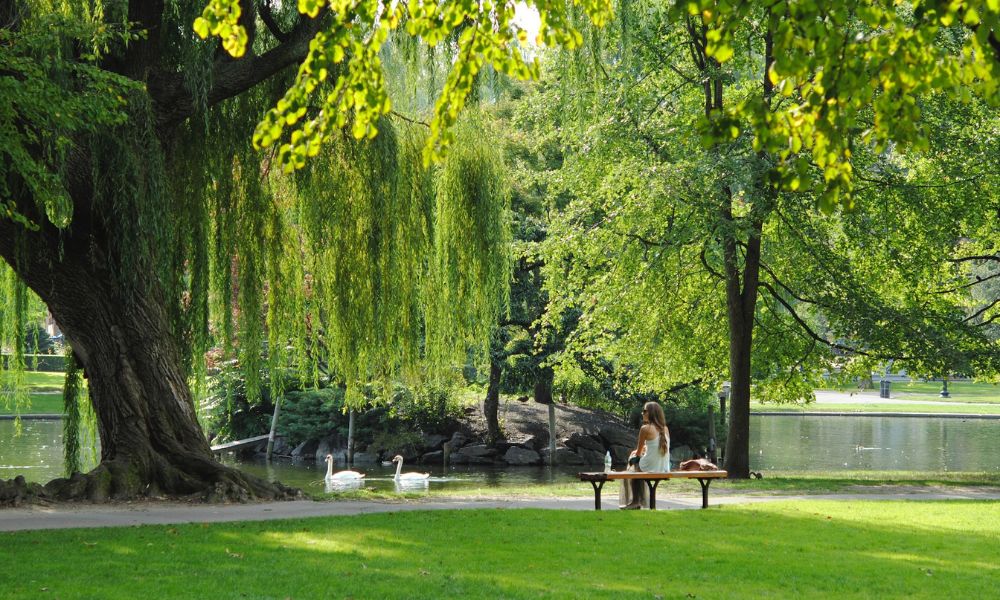
2. Adapting Green Spaces to Extreme Weather Events
Speaking of climate change. Because of it, extreme weather events have already done their fair share of damage across the U.S. And they’re going to become only more and more frequent.
So, landscape architects should take into account that the spaces they create will have to withstand:
- Heatwaves and droughts;
- Hurricanes and tornadoes;
- Heavy rains and thunderstorms;
- Snow storms and icing events;
- Floods.
Green spaces have the power not just to withstand such events but to help reduce their impact, too. For example:
- High trees planted throughout the urban area can create shade and make the heatwave more bearable for humans;
- Green spaces can also serve as one big drain that soaks in rainwater and prevents flooding. This can be a game-changer in cities where most of the soil is covered by concrete.
3. Maximizing Green Spaces in Urban Areas
Whether you were a student during the pandemic or not, you know how much it transformed people’s attitudes toward just about anything. One such change has to do with green spaces.
The positive impact of green spaces on people’s physical and mental health was quite well-researched before. But it took a once-in-a-century pandemic and lockdown for people to truly start recognizing the value of these spaces.
This shift led to a change in priorities on both personal and community levels:
- Communities are now more willing to invest in creating green spaces among the high rises.
- People want to reconnect with nature more than ever, pushing the local authorities to satisfy their demands.
4. Responding to the Rising Residential Demand
After spending months stuck in their apartments and houses, people’s perception of their personal space has changed, too. (By the way, that’s why home improvement goods sales skyrocketed during the pandemic.)
Now that the worst of the pandemic is over, people’s priorities haven’t bounced back to before. They want more greenery and nature in their life. And they often solicit novice or experienced landscape architects or designers to make their vision a reality.
But what exactly does that “residential demand” entail? What do people want from their landscaping projects? Here are the four most popular requests:
- Increasing existing garden space by using the patio space;
- Creating vertical gardens to make the space greener;
- Placing container gardens in a limited space;
- Combining greenery with low maintenance.
5. Brightening the Mood with Pops of Color
For the majority of people, their daily lives are filled with dull colors. They’re surrounded by shades of brown, grey, and other neutral colors, sometimes mixed with natural blues and greens.
Despite how pervasive those neutral colors are, there’s a natural push for adding more bright colors that landscape architects are witnessing now. People want to see rich yellow, orange, or purple pop up in their environment.
These pops of color don’t just serve an aesthetic purpose. They naturally draw people’s attention to a certain element or feature. Adding a bright-colored bench or a sign makes them stand out, so they’re immediately noticeable in the surroundings.
There’s one rule you should keep in mind if you experiment with color, though: less is more. The presence of ten different vibrant colors can easily cause a sensory overload. Plus, if there are too many colorful items, that can defeat the purpose of making them easy to find.
6. Following the Push for Functional Art
You might be tempted to think that architecture, landscape or not, is all about art. Perhaps, that’s what you’ve been taught in your major or minor classes at college. Yet, it’s not just about aesthetics – it’s about functionality, too.
In a nutshell, a project not only has to be aesthetically pleasing – but also has to serve a particular function. And it has to do it well. Think about it this way: what good is a beautiful bench if it’s uncomfortable to sit on?
While some items can exist only for artistic purposes (like a statue in a public park), most of what landscape architects conceive have to be functional, too. In green spaces, for example, the right trees should be planted in the right way to create shade.
7. Taking Advantage of New Technologies
Compare the technology now and 20 years ago, and you may feel that you’re living in a sci-fi world. Over the past two decades, technologies like AI, machine learning, and extended reality have become easily accessible to common users and professionals alike.
Landscape architects are no exception: their toolbox has expanded. They no longer rely only on their technical drawing skills. You can find them using the following four technologies regularly:
- Building Information Management (BIM) software for managing the project;
- Virtual and augmented reality for conception and presentation;
- Drones and UAVs for inspecting sites, undertaking inventory, and evaluating the project’s performance;
- Big Data collection and AI-powered data analysis for data-driven project design.
These tech tools help landscape architects make better decisions when planning the space. Plus, these tools help avoid costly mistakes and streamline some processes, thus reducing costs and improving productivity.
Final Thoughts
Landscape architecture as a field has evolved over the past couple of decades. New tools have become the industry’s standard. Environmentally-friendly practices are now included at every stage of design (conception, procuration, production, and so on). And functional art is more sought-after than ever before.
All of these trends above aren’t going anywhere. If anything, they’re going to become omnipresent. But, of course, they’re not the only trends out there.
There are quite some emerging trends that haven’t made the initial cut – but that is still worth mentioning here:
- Communal gardening is on the rise, so shared urban gardens are in demand;
- More and more local authorities aim to transform suburbs with their own town centers;
- Ideas like pedestrian zones and zero-emission zones are gaining traction in urban areas;
- The number of landscape architecture professionals and students is reducing, so the industry can face labor shortage sooner rather than later.

